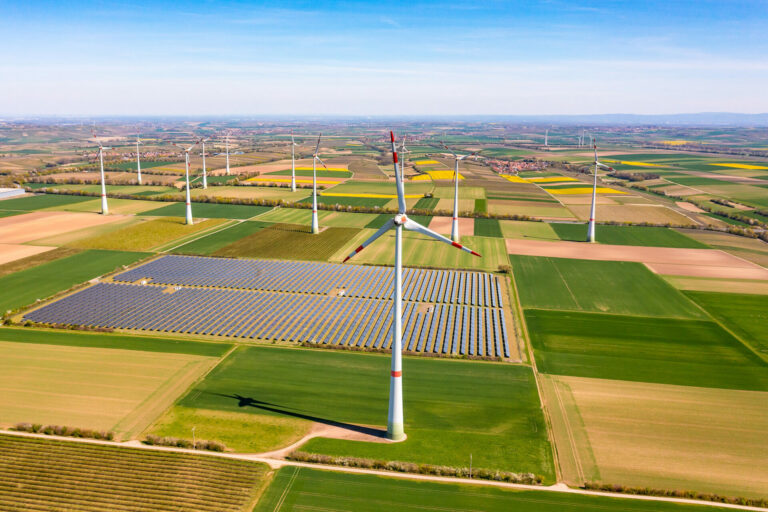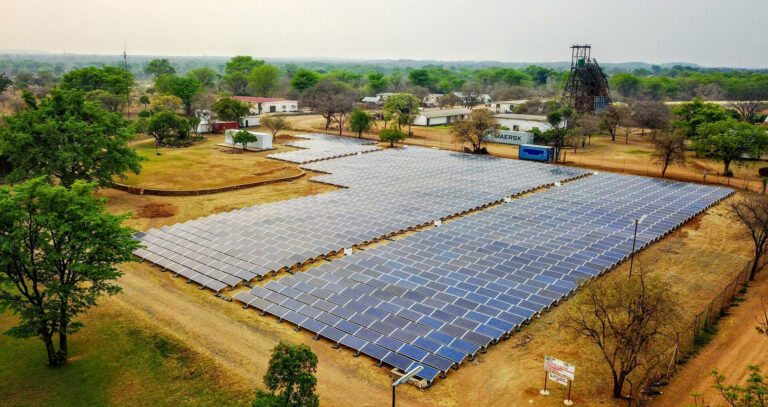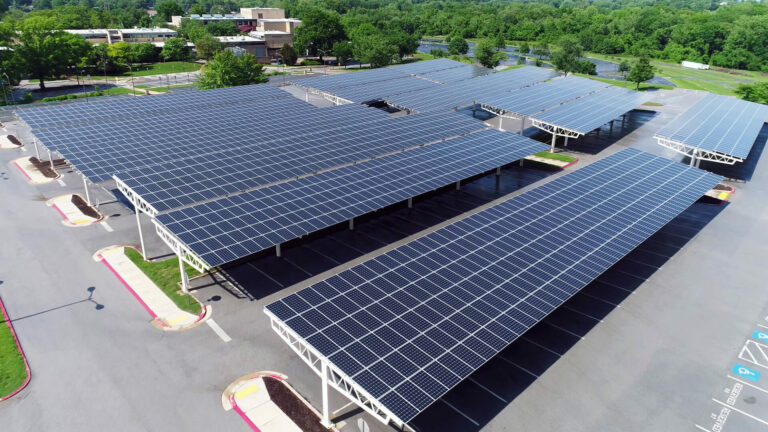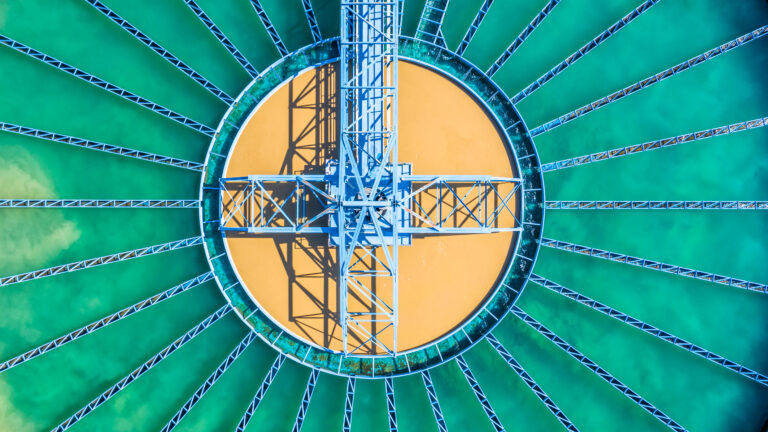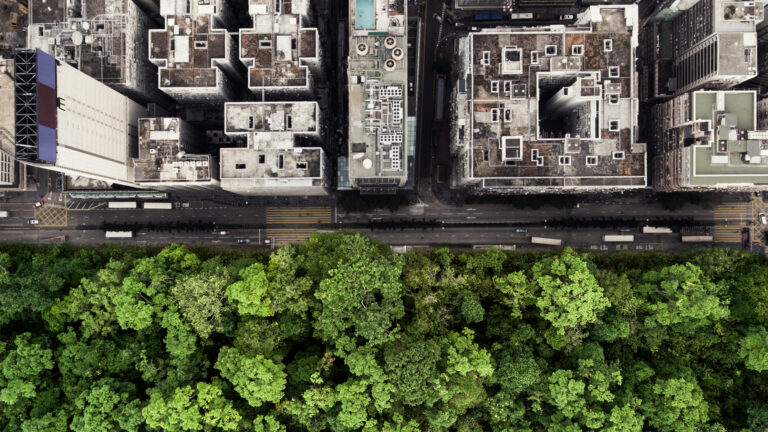Ecological architecture, the process of preserving and complementing the natural elements within an urban setting, seems like a relatively recent concept. Given the prevalence of environmentally minded planners, architects, and builders, the feeling as that practices are gradually shifting towards a place where sustainable buildings are the norm. The truth is, however, that ecological architecture has been around for as long as dwellings have been constructed. Humans have long been aware of the symbiotic relationship its urban developments have had with the earth and its resources. A prime example of this is Angkor Wat, a UNESCO heritage site in Cambodia and the largest religious structure on the planet. This enormous 12th Century temple uses a complex irrigation system that stores water, heats and cools the structure when necessary, and waters crops. In addition to this, all natural building materials used in its construction were locally sourced meaning that it has a considerably smaller carbon footprint to many structures a fraction of its size. What does this all mean in the context of a growing climate emergency? Despite the clear and obvious need to mitigate the worst effects of construction and the wider impact of human consumption, we are at a crossroads.

While ecological structures may not be as recent as we thought, the fact remains that in order to meet emissions targets, big changes are undoubtedly required. While every industry needs to step up, the construction world is unfortunately one of the main offenders. From transport, materials, processes and embodied carbon, buildings and the work needed to produce them, generate enormous amounts of emissions. Concrete and energy usage, for example, rank highly on the list of sectors and materials that need a rethink. A report recently published by the National Institute of Construction Management and Research in India makes for stark reading. “Climate emergency is a threat to humankind and future development. Construction sector contributes to 39% of worldwide carbon emissions; with 28% coming from energy usage, and 11% from embodied carbon.”
Solutions are being found but they are very much in their infancy. Passive House, captured concrete, SMART buildings and cities; each are providing successes in the ongoing challenge to reduce emissions but, unfortunately, these are on a small scale. Research is demonstrating that despite these innovative techniques, much more needs to be done. “One can suggest to opt for green building concepts, but it is imperative to acknowledge that the recent growth of sustainable ones are insufficient to offset the negative impact of current structures. Pre-existing buildings pose a threat due to the amount of energy they consume. Additionally, about 80% of greenhouse gas emissions are related to energy. Due to the quantum of resources and money required, tearing down existing infrastructures, and establishing new state-of-the-art facilities with cutting-edge products and technology is not an option.” The result of this realization is that, rather than new designs, structures, and techniques being built from scratch, many are looking into the possibility of retrofitting as a means of minimizing disruption. The problem with this however, is that the cost of this work is often prohibitive, and the knowledge required to complete the work to the highest standard can be lacking.
“BlocPower is helping create a world where every home and building can be an opportunity for progress, an engine for change.”
BlocPower, founded in New York City by Donnel Baird in 2014, is a cleantech company that has quite an ambitious goal. The company is working towards reducing emissions and fight climate change through a focus on renewable energy. BlocPower describes itself as “a climate technology company that analyzes, finances, and upgrades homes and buildings.” What is different about this company is that, rather than merely being a retrofitting and green technology provider, it is aims to achieve this while also removing the financial barrier of retrofitting and assisting lower-income areas. “BlocPower is helping create a world where every home and building can be an opportunity for progress, an engine for change. A world where communities are connected and upgrading your property from one that pollutes to one that powers the next generation of the green economy.”
The rationale and drive behind this company has its roots in Brooklyn, NY, where Baird grew up in a one-bedroom apartment. Baird’s experiences of a home being heated during the cold winter months using a gas cooking stove proved formative. For him, BlocPower is a vehicle to tackle climate change while also addressing the inequalities that he and his family lived through. The company offers many technological services and products such as smart, low-cost sensors and thermostats, and updating heating and cooling systems. Not only this, BlocPower hires and trains local vulnerable populations to perform the retrofitting, providing education, skills, and employment to low-income communities. For Baird, this is non-negotiable. ““The challenges of climate change, economic recovery, public health, and racial inequity are all intertwined. Green building technology offers scalable solutions for all of them.”

So, how does it work? BlocPower works with the homeowner to identify their needs, upgrade wish-list and a timeline. From there, the company provides financing options with no upfront costs and takes on the project management to ensure that things run smoothly. “We handle the contractors, permits and incentives needed to get your project done right and at the best price.” By offering this bespoke, one-stop-shop for green home and energy upgrades, the company assists those for whom retrofitting was previously unattainable. “BlocPower uses proprietary technology to analyze, finance and upgrade homes and buildings with the latest in energy-efficient, electric technology and appliances. In this way, we reduce soft costs, shorten project timelines, and make the benefits of these upgrades accessible to all.” Unsurprisingly, there are many people eager to work with the company and contribute to creating an equitable and effective climate solution. Since its founding in 2014, the company has completed 5,000+ energy efficiency projects nationwide. By utilizes its own software program, BlocMaps, it has assisted municipalities, utility companies, and sustainability experts to plan, manage, finance, and implement equitable decarbonization strategies.
The road to carbon neutral, or indeed carbon negative, building structures may be some way off. Education and financial considerations are still very real barriers that preclude the most vulnerable communities to the conversation. BlocPower is changing that. By offering advice, funding supports and training, it is working with communities to ensure that the pivot to sustainable buildings is an equitable one. For too long now, the ability to make energy savings has been reserved for those who need it least. BlocPower is trying to change that, one home at a time. For Baird, it is not about his own company. He believes that it goes much, much further than that. “I went to Glasgow, I went to the climate negotiations for the first time, and it was amazing to get there and see people from all over the world that had devoted their entire career, their lives to climate. They were there to push forward a global deal—but what was needed, then and now, was for the Americans to set the tempo on what’s possible to achieve in this moment. I’m so excited about the opportunity we have as Americans to really lead the world and lead this nation forward on climate change.”










